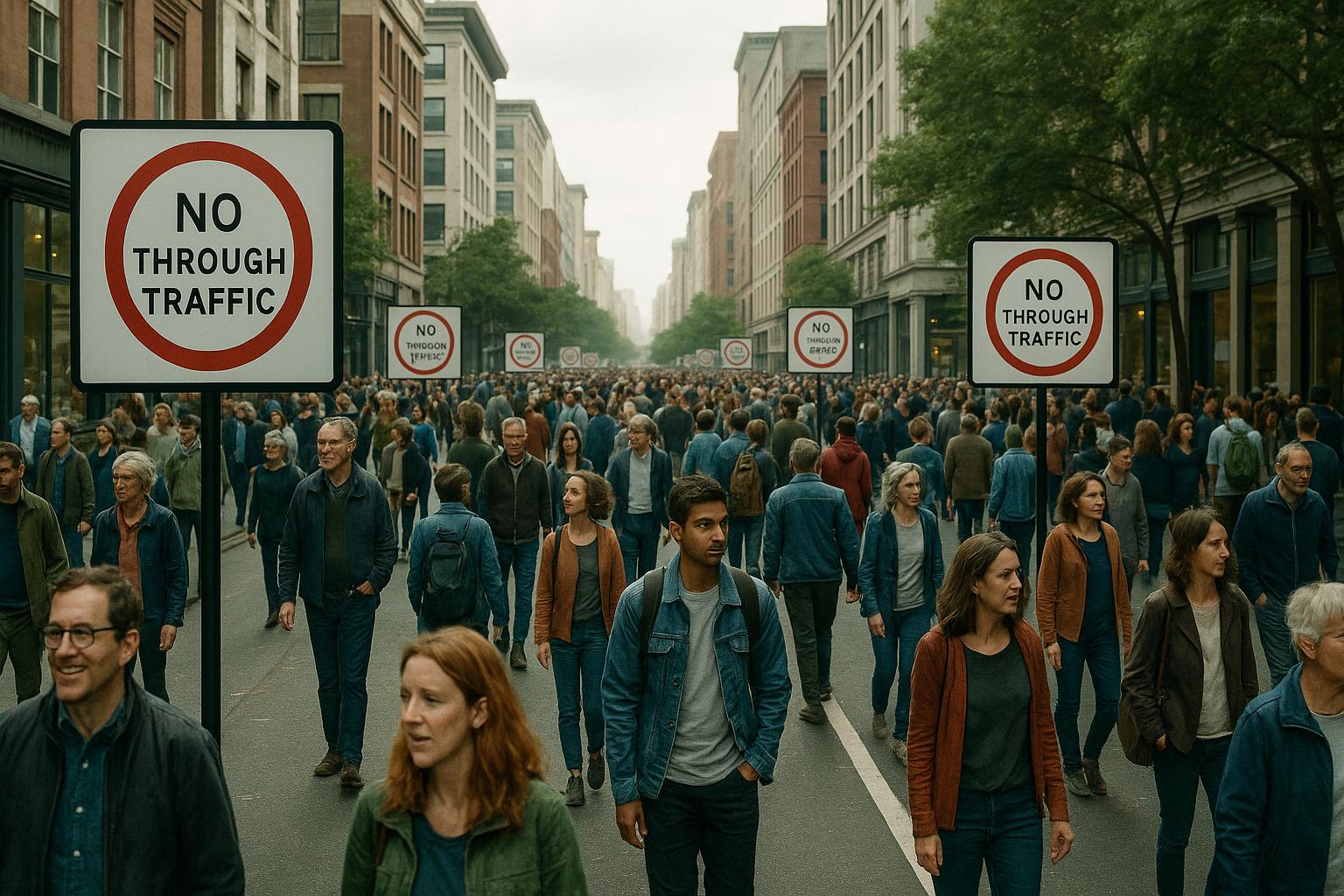The controversial "7am to 7pm" traffic rule designed to curb congestion and improve air quality is set to become a permanent fixture in parts of London, specifically in the Royal Borough of Greenwich. This measure, aimed at reducing through traffic during peak weekday hours, limits vehicle access on selected roads between 7am and 10am and between 3pm and 7pm, encouraging residents to opt for sustainable transport methods such as cycling or public transit.
The 18-month trial of this Low Traffic Neighbourhood (LTN) scheme, which began in late November 2024, has seen significant community involvement. Local residents participated extensively in three rounds of consultation sessions, providing valuable feedback through public events and online forums. According to council updates, the scheme covers thirteen roads across West and East Greenwich, with camera-controlled restrictions enforcing the access limits during these times. Blue Badge holders and other eligible exemptions—including taxis, private hire vehicles, and council refuse vehicles—are granted certain allowances, with the possibility of increasing vehicle exemptions from one to two per eligible Blue Badge holder. Older residents who do not commute by alternative transportation may need to pass a compulsory test to qualify for exemptions.
The council reports encouraging environmental impacts from the trial, with nitrogen dioxide (NO2) levels dropping on 54% of monitored areas in West Greenwich and 66% in East Greenwich, and no areas recording increases. Such data suggests the scheme is contributing to improved air quality, addressing concerns about respiratory illnesses attributed to traffic pollution in the borough.
The initiative follows a broader trend across the UK, where many cities are introducing measures to reduce car traffic and foster cleaner urban environments. For example, Oxford has implemented a Zero Emission Zone (ZEZ) that charges vehicles entering certain areas from 7am to 7pm daily, including electric and hybrid models in some cases, underscoring a growing strategy to discourage polluting vehicles during peak hours. Similarly, in Liverpool and other cities, residents are increasingly turning to cycling, supported by new regulations designed to promote safe and sustainable travel.
Challenges remain, including initial confusion due to delayed signage installation, which necessitated a grace period extension until early January 2025 to help residents adjust. The local council also plans camera relocations for better enforcement and is committed to ongoing monitoring to assess broader impacts on neighbouring areas and local businesses.
Greenwich Council's Deputy Leader Averil Lekau highlighted that the scheme aims not only to ease congestion but also to create safer streets for pedestrians and cyclists, tackling health issues stemming from air pollution. As the trial concludes and formal decisions loom, the council appears poised to retain and possibly expand the LTN measures, cementing them as a permanent step towards sustainable urban living.
Overall, while some residents and drivers find restrictions like the 7am to 7pm rule inconvenient, evidence so far indicates that such policies can promote cleaner air, quieter streets, and healthier community environments, signalling a shift in how UK cities manage urban mobility.
📌 Reference Map:
- Paragraph 1 – [1], [2], [5], [7]
- Paragraph 2 – [1], [3], [5]
- Paragraph 3 – [1]
- Paragraph 4 – [1], [2], [3], [5], [7]
- Paragraph 5 – [1], [6]
- Paragraph 6 – [1], [4], [7]
- Paragraph 7 – [1]
Source: Noah Wire Services
